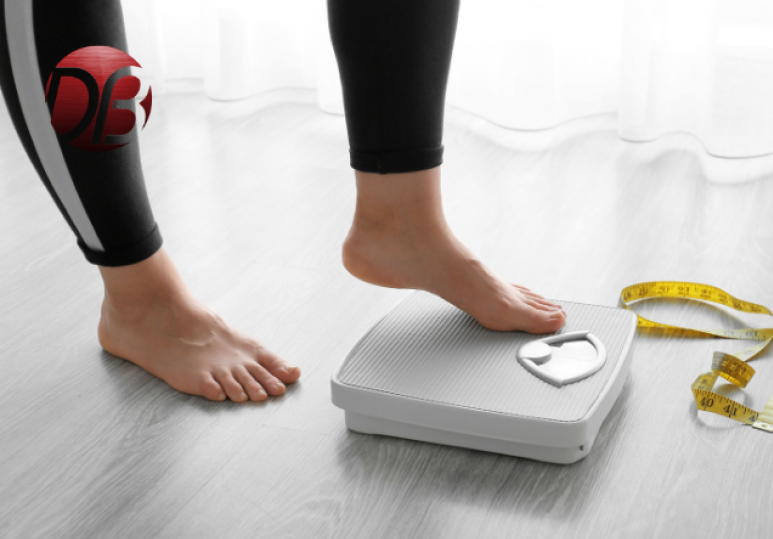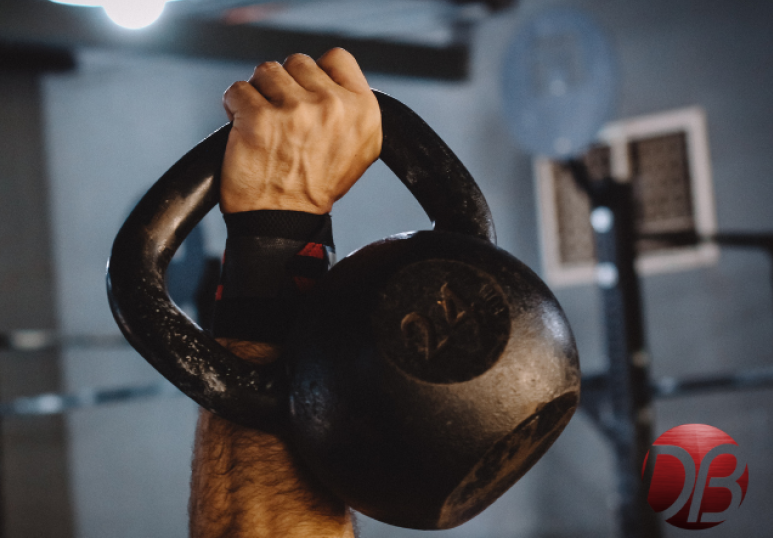As winter cloaks the world in its chilly embrace, many of us find our usual workout routines disrupted. The cold weather and shorter days can make trips to the gym less appealing or even impossible. But fear not, fitness enthusiasts and beginners alike! Bodyweight exercises present a practical and effective solution for staying fit during these frosty months. In this blog, we'll explore the benefits of bodyweight exercises and how you can incorporate them into your winter fitness regimen.
The Appeal of Bodyweight Exercises
Bodyweight exercises are movements that use your own weight to provide resistance against gravity. They're incredibly versatile and can be modified to suit any fitness level. What makes them particularly appealing during winter is the convenience they offer. You can perform these exercises in the warmth and comfort of your own home, without needing any special equipment. Whether it's a series of push-ups in your living room or lunges in your hallway, bodyweight exercises are an accessible way to maintain your physical fitness when it's cold outside.
Full-Body Workout
One of the most significant advantages of bodyweight exercises is their ability to provide a full-body workout. Movements like squats, push-ups, and planks engage multiple muscle groups simultaneously, promoting functional strength and muscle tone. For example, a squat not only strengthens your legs but also involves your core and back muscles. This holistic approach to fitness is not only efficient but also helps in improving your overall body coordination and balance.
Flexibility and Scalability
Bodyweight exercises offer immense flexibility in terms of intensity and complexity. They are easily scalable, meaning you can adjust the difficulty level based on your fitness. Beginners can start with simpler versions of exercises and gradually progress to more challenging variations. For instance, a beginner might start with knee push-ups before advancing to standard push-ups and eventually to more advanced forms like diamond push-ups. This scalability ensures that you continue to challenge your muscles, aiding in continual strength and endurance development.
Boosts Cardiovascular Health
While often associated with strength training, bodyweight exercises can also be an excellent tool for cardiovascular conditioning. By increasing the pace and reducing the rest time between exercises, you can turn your workout into a high-intensity interval training (HIIT) session. Exercises like burpees, mountain climbers, and high knees get your heart rate up, improving cardiovascular health. Regularly including these exercises in your routine can enhance your stamina and endurance, which is especially beneficial during the energy-draining winter months.
Mental Health Benefits
The impact of bodyweight exercises isn’t just physical; they offer significant mental health benefits, too. Exercise is known to release endorphins, the body’s natural mood lifters. Engaging in a regular workout routine at home can combat the winter blues, reduce stress, and boost overall well-being. In the darker, colder months, maintaining a consistent exercise routine can be a crucial factor in managing seasonal affective disorder (SAD) and other forms of depression.
Incorporating Bodyweight Exercises into Your Routine
Getting started with bodyweight exercises is simple. Here’s a basic routine to kickstart your winter fitness journey:
- Warm-Up: Start with a 5-minute warm-up of brisk walking or jogging in place to get your muscles ready.
- Circuit: Perform a circuit of push-ups, squats, lunges, and planks. Aim for 10-15 repetitions of each exercise, depending on your fitness level.
- Cardio Boost: Include a minute of jumping jacks or high knees between exercises for a cardio boost.
- Cooldown: End with a 5-minute cooldown, including stretching to help your muscles recover.
Remember, consistency is key. Try to incorporate these exercises into your daily routine, even if it’s just for a short duration. As you grow stronger, you can increase the intensity and variety of exercises.
Bodyweight exercises offer an ideal solution for staying fit and healthy during the winter months. They require no special equipment, can be done in the comfort of your own home, and provide a range of physical and mental health benefits. From improving muscle strength and cardiovascular health to boosting mental well-being, the advantages of incorporating bodyweight exercises into your winter routine are immense. So, this winter, embrace the power of your own body weight and keep up your fitness journey, no gym required. Remember, every push-up, squat, and plank is a step towards a healthier, happier you. Stay warm, stay active, and enjoy the journey of fitness with bodyweight exercises this winter!
Written on behalf of DreamBody Training.
FAQs
Q: How long should a bodyweight workout be?
A: A bodyweight workout can be as short as 15-20 minutes and still be effective. The key is to maintain intensity and minimize rest between exercises.
Q: How often should I do bodyweight workouts?
A: Aim for at least 3 times a week. Consistency is crucial for building strength and endurance, but also ensure to have rest days for muscle recovery.
Q: How can I increase the challenge of bodyweight exercises?
A: To increase the challenge, vary the exercises, increase repetitions, reduce rest times, or incorporate high-intensity intervals. Advanced variations of exercises also add difficulty.




